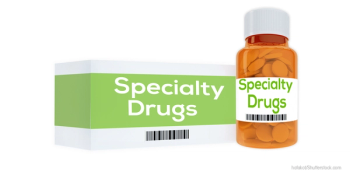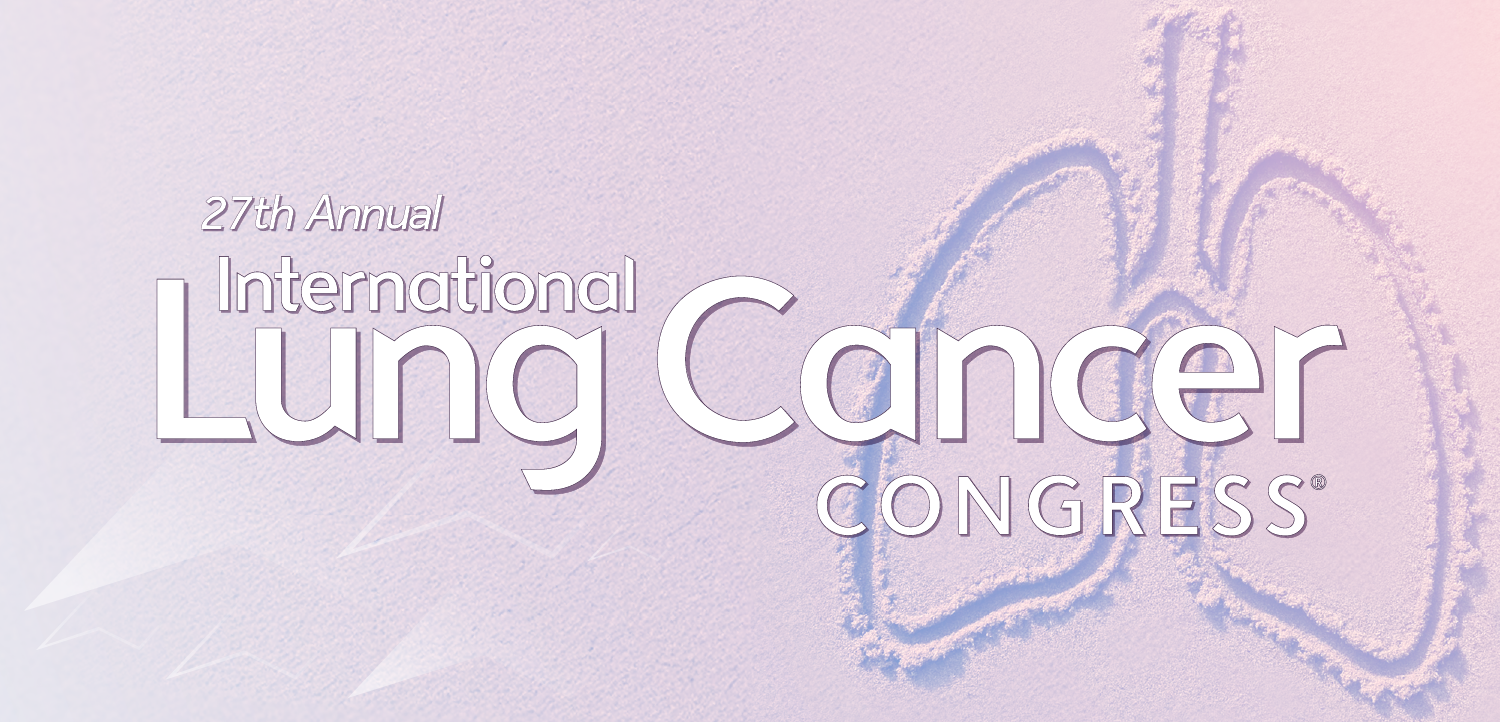
Top 3 pharmacy challenges in 2017: Two-pronged solution
Here are three pharmacy challenges facing healthcare executives and a two-pronged solution to help solve them.
2016 was a year of major change for healthcare organizations. Just when managed care executives thought they were making progress, the fate of healthcare was put in the hands of a new administration with vastly different ideas about the industry’s future. Not surprisingly, many of them were left with more questions than answers. Rather than sitting in uncertainty in 2017, managed care executives should take action where the mission is already quite clear-and won’t be changing-by tackling pharmacy challenges.
The startling statistics on rising pharmaceutical spend convey a sense of urgency but that only tells half of the story. The other half of the story is even more critical: it’s about engaging patients and ensuring the delivery of better care, while also maintaining a viable business model.
Important pharmacy challenges:
1. Medication nonadherence. Medication nonadherence has become a never-ending challenge for healthcare providers-and that’s not going to change in 2017. It is a phenomenon that continues to grow with consequences that are all too familiar and consequences that are becoming increasingly ominous. The research is clear: only 25% to 30% of prescriptions are taken properly and medication non-adherence is a leading driver of high healthcare costs, adding up to
2. Patient engagement between pick up and next Rx refill. This next challenge is directly related to medication adherence but deserves to be called out separately because it requires providers to stay even more on top of patients’ non-adherent behaviors. Many managed care executives once believed that their work was done once patients left the hospital or the pharmacy. After all, patients had their medication and instructions on how to take it. They had been educated on why the prescription is necessary. What could go wrong? According to the National Association of Chain Drug Stores, only 15% to 20% of medications are refilled as prescribed. In some cases, cost is the issue or patients stop taking medications when they don’t experience a clear or immediate benefit. Other patients have concerns about side effects that they don’t share with providers, who often don’t have visibility into the patient experience outside of the four walls of the pharmacy or hospital.
3. Balancing personalized service with increasing patient volumes, and the need for customer retention. Pharmacy has historically engaged large populations but will now have to do so in greater numbers and with greater frequency, while also improving costs and outcomes. In contrast, personalized service has long been the foundation of pharmacist and patient relationship. Yet, this one-on-one approach can seem at odds with pressures to manage the health of entire populations-important work that requires more time and resources to be effective.
The traditional response is to add more staff but today’s healthcare organizations recognize that adding personnel isn’t a scalable solution. To give their best to the patients who need them most, pharmacists must employ strategies that allow them to scale patient engagement and education programs, while keeping engagements personalized, without adding significantly to staff. Further, as managed care executives scale pharmacy efforts, they must stratify patient care. Higher-risk patients, like those with chronic conditions, may require more interaction but lower risk patients may require virtually no intervention. Viewing all patients the same is unsustainable from a cost and efficiency standpoint.
Finding solutions to these pharmacy challenges is essential to improving costs, quality, outcomes, and the patient experience. Experts recommend a two-pronged strategy to alleviate these pain points.
1. Take a personalized, patient-centered approach. Communication is at the core of the critical work that needs to be done. It sounds simplistic but these barriers can largely be resolved through patient engagement and education. To be successful, these efforts must be patient-centric, proactive, and consistent. Once communication becomes reactive, it’s usually too late to be impactful and if communication is even a little confusing, patients typically tune out rather than ask questions. Countless studies have shown that engaged patients are healthier patients-and that educated patients are more engaged. Providers can drive engagement with personalized communications that help patients to take an active role in their healthcare journey. Providers can help patients learn more about their medications using a virtual education center, which also eliminates the need for excess paperwork that just gets thrown away in the parking lot. Whether it’s an empathetic text message, a mobile application for a smart phone, or a portal for patients to get real-time care guidance, delivering education at the right time in the right channel is effective in reaching patients who often become disengaged when it’s difficult or inconvenient to get answers.
2. Leverage technology to automate. For many years, pharmacy has embraced a level of automation, sending out refill and order-ready reminders, but now pharmacies can use automation to accomplish much more: to create relationships and drive behaviors that lead to better outcomes. This next wave in automation involves using the channels preferred by the customer (calls, texts or emails) to regularly engage patients, to keep them on a prescribed path and to identify those at the highest risk. Patient-friendly communications, like appointment notifications, wellness coaching, diabetes education, and dosage reminders help drive adherence, revenue and efficiency.
Other automated communications can identify patients who are out of compliance and then reconnect them immediately with a pharmacist. With such a system in place, pharmacists can keep all patients engaged, while also focusing their attention on those patients who require a higher level of personalization and human touch. In the competitive landscape of pharmacy, this level of service makes all the difference. Building a better relationship with the patient through convenient touchpoints in the patient’s channel of choice drives loyalty and adherence.
When that happens, patients are more likely to keep coming back, to stay committed to the care path supported by the pharmacist, and to take ownership of their own journey. That’s no small feat since improving patient care is what this work is all about.
Robert J. Dudzinski, PharmD, is executive vice president at
Newsletter
Get the latest industry news, event updates, and more from Managed healthcare Executive.


















































